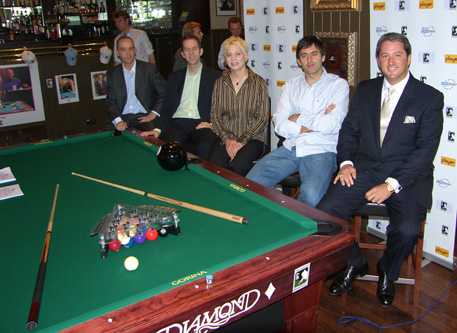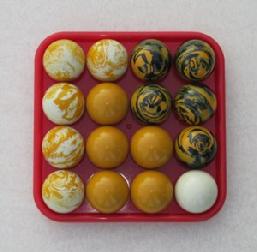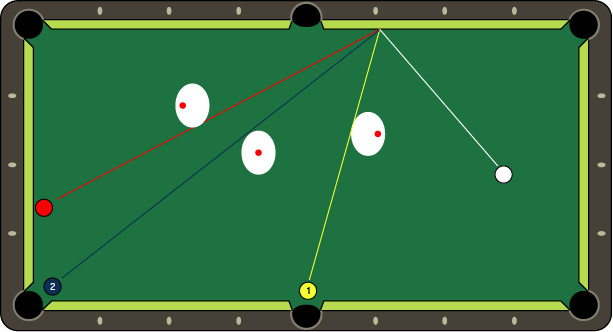
Bank shots are difficult to execute. You need to be able to recall the exact angle at which the ball should hit the wall. This goes beyond knowing how to strike the ball, but also the best diamond for the job. A bank shot is used to either sink a poolball or recover from a safety. It can also be used for splitting cross-pocket lines.
Although a bank shot can seem complicated, it is possible. There are several factors to consider, including the size of the cue ball, the number of pieces in between the cue ball and the object ball, and the speed of the object ball. Variations in speed, spin, angle, and speed can help you fine tune your bank shot. You can practice your bank shot with a friend, professional, or if it is difficult to make one.
There is no universal bank shot. Every player has their own style, and every bank shot is a little different. However, there are a few basic techniques that everyone should be aware of. To maximize your chances of winning, it is important to take the right bank shot. The process is easy as it sounds.

A pool ball can be banked by using the spin of the cueball to increase the angle. This will ensure that the ball travels straighter on the rail. In addition, the proper spin will improve accuracy. You will be able to clearly see the effect that the ball has on its trajectory as it bounces off of the rail.
The "gear effect", which allows the object ball to rotate around the center gravity, is another way to optimize bank shots. This is achieved by a very slight friction.
The proper use of the gear effect can be found in many situations, but the most obvious use is to adjust the angle of the rail. This effect is most obvious when the object ball lies near the rail as the angle will appear to be very short. The right angle will allow you to pocket the object balls without fouling.
Kick shots, also known as side pocket kick shots, are another popular use. The same applies to lag shots, which can be used when an object ball is too far away or difficult to see. Lag shots work best when the object ball lies in an area where the line-of-sight is blurred.

The reverse-cut bank shot is one of the most difficult bank shots. You will have to trim the object ball less to compensate the left-hand transfer. You will also need to be more precise if the object is too far from your rail.